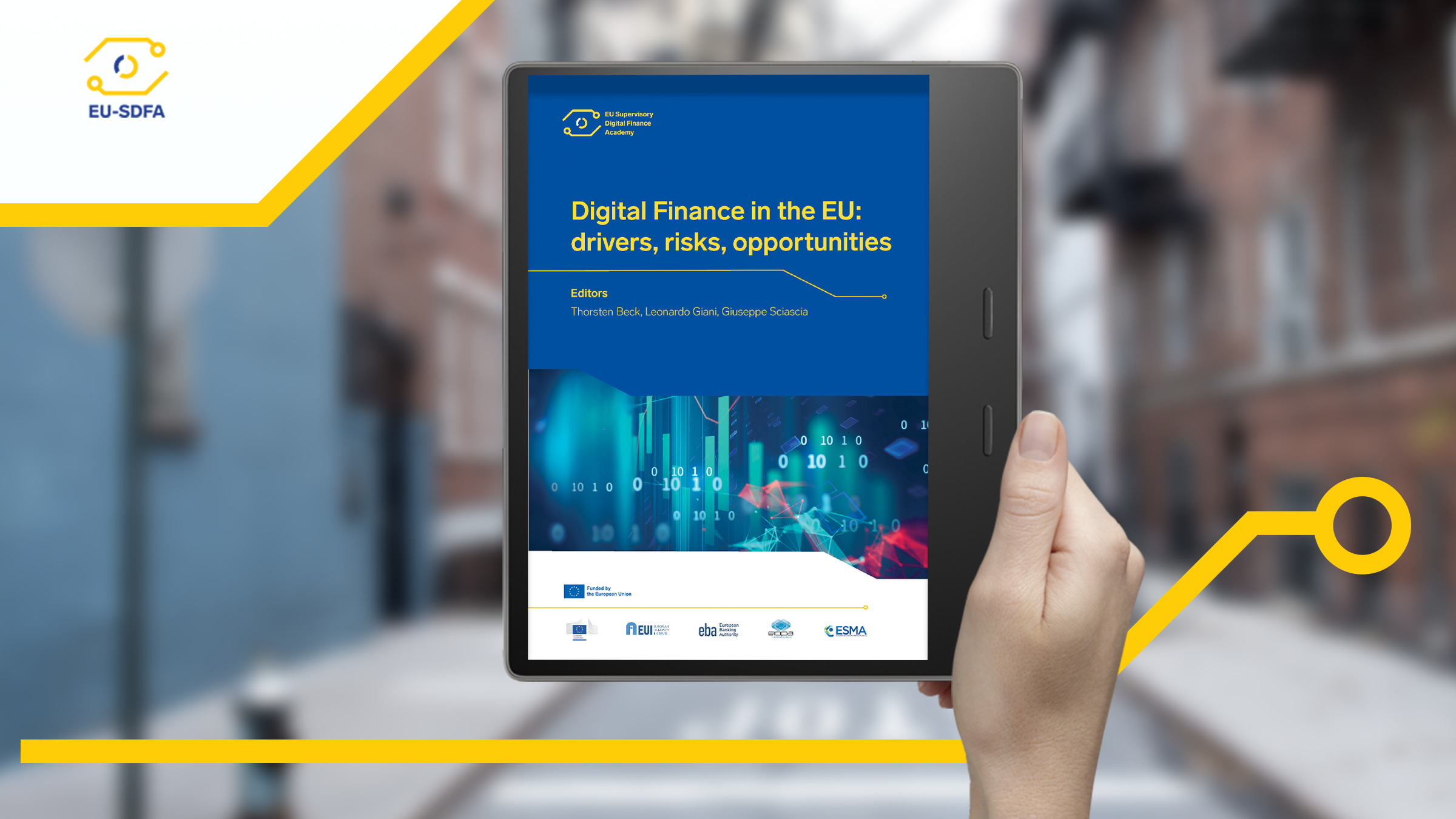Links
Next content
Read more
The Next Goal: euro area banking integration
In its first ten years (2014-2023), the banking union was successful in its prudential agenda but failed spectacularly in its underlying objective: establishing a single banking market in the euro area. This goal is...
This publication features contributions from experts in the field, covering key topics discussed during the first academic year of the EU Supervisory Digital Finance Academy.
